| Lettuce that we’ve been eating individually-plucked leaves since October are finally following their natural process dictated by the 80°F heat we’ve had for a couple of weeks. This doesn’t mean the end of lettuce season, however, nor of parsley and cilantro and broccoli and bok choy, all of which are bolting. It just means sowing more seeds, although this time of more heat-tolerant varieties. Harvesting lettuce that’s begun to bolt requires a plant-by-plant taste test because each variety and each plant may develop its bitterness at different rates and degrees. Each of us enjoy or will tolerate different levels of bitterness. To avoid an entire salad of some too-bitter and some still-tolerable-amount-of-bitter leaflets, it’s best to test each plant before you harvest the whole thing and combine the leaves with all the others. The tell-tale sign is the white sap that exudes from the leaf bases as you rip it from the plant. Taste one or two leaves from each plant, and then determine whether to harvest the rest of the leaves on that plant or to pull the plant and add it to the compost pile. In the picture at left, the leaves I’ve left in the pathway were the bottommost older leaves that I’ll add to the compost pile. You can extend the palatability of almost-too-bitter leaves by soaking in water for 30 minutes, then pouring out the water and repeating for another 30 minutes. This will crisp up the lettuce, and the bitter compound in the leaves will be exchanged for the fresh water. Thus, you can get another week or two or three of harvests before the bitterness becomes too intolerable. March and April are usually the times we can sow both the last cool-season veggies and flowers, along with the first of the heat-lovers, since we never know whether the weather will turn cool or warm. But, there hasn’t been any “normal” weather for years. So, just cover your possibilities now so that however the upcoming weather plays out, your garden will be producing delicious yummies and fabulous flowers for your family to enjoy. Since I’m now fortunate enough to be able to wander in my garden on most days, not just weekends, I’m enjoying being more conscious – and surprised – of what blooms are emerging each day. I’m including some for your enjoyment - freesia, alstroemeria, Charles Grimaldi brugsmania, pentas, and that glorious Ferraria crispa! |
|
1 Comment
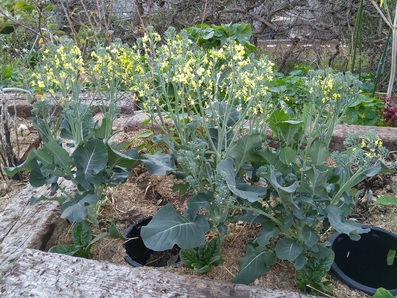 This week’s sudden heat – mid-80s and higher – fosters some changes in the garden that I for one am sorry to see, since I’m not yet tired of harvesting cool-season edibles. But, “normal” winter weather seems to be a non-sequitur, so – as always – we’ll take advantage of the changes as well as regret them! And, who knows – maybe next week will be chilly again…..The gardening world is ever thus, which is why I always urge fellow gardeners – and especially beginning gardeners – to “play” in the garden; this isn’t the place to take everything so seriously that changes become setbacks that feel like failure. Perhaps this is the eternal optimist in me – “Well, that didn’t work, so what can I do now that might work next time, given all the variables?” So here are some of the immediate issues that I see in my garden, and my suggestions for your garden: Fruit Trees won’t gain any additional their chill hours, and they may blossom early. One of our Master Gardeners whose forte is fruit trees has determined that they’ve received sufficient chill time (hours of temperatures below 41°) to satisfy most low-chill varieties generally suitable for our area (about 300 hours). If tree blossom buds begin swelling, be sure to finish whatever pruning you had in mind. Especially for beginners who aren’t really sure of where to cut, this “last chance” timing is perfect because it’s immediately apparent where the buds are and so easy to cut just above the outfacing bud in the direction that you want the new growth to go. Broccoli and baby bok choy bolting (shoots lengthening and going to flower). This is always bound to happen when planted in Fall, since the merest heat in spring will shift their hormones to blossoming. And over 80 degrees for more than a week is more than “mere” heat! You can still make a point of harvesting the small florettes, and remember to eat them all – the whole flower stalk is tasty and usually sweeter than the buds themselves. Do sow more seed or transplant more seedlings now so you’ll be able to count on the new plants for longer harvests, perhaps even through June, after the current plants lessen their production of salvageable shoots. (Later in the season, when the lettuce bolts, you’ll find that the leaves on the bolted stalks turn inedibly bitter, so always taste a leaf of each variety before picking a lot.) Water deeply now so roots have residual moisture to pull from the soil for the rest of the week while the heat persists. Like when you’re about to go out on a run or long walk, it’s best to hydrate yourself well before exercising so your body can be fully supplied – much healthier than trying to fill up with water after you’re returned from exercising and have stressed your body because it didn’t have enough water available. Watering now is the beginning of teaching new plants to grow their roots deeply to reach the water in the soil. Make a point of watering deeply so moisture reaches at least six inches below the bottom-most roots for the particular type of plant. For example, lettuce roots will extend to six inches deep, so you should water to moisten soil a foot deep. You can zone your plants to be complementary – like planting lettuce and squash or tomatoes together – so you water for the deep-rooted plants and automatically supply the shallow-rooted plants. Or, you can plant all shallow-rooted plants in one area, and all deeper-rooted plants in another. Purchasing a moisture meter will help beginners to determine how deep water is applied until they develop their own “feel” for the process. The $10 cost will be paid back shortly because plants are provided with the appropriate amount of water, and plants will be healthier because they’re receiving the amount of water they need. Best of both worlds, and accurate because there’s no guessing! On the positive end of this early heat, sow seeds of the first of your summer vegetable choices, and plant seedlings you purchase. We don’t know what the immediate weather future will be, so may as well get a jump on summer-lovers. Even if it turns cold again, you’ll just replant them later anyway! Best to start seeds in starter trays, instead of the garden soil, since the soil is still too cold for healthy germination, unless you have a bed with lots of organic matter that warms up quickly. Seed-starting temperature guidelines for warm-season vegetables are 65-80°F. Or, try the “seat” or “palm” test – set your bare skin on the soil; if it feels comfortable, it’s warm enough to start seeds; if it feels chilly, it’s not yet warm enough. Definitely a good thing – It was 5:45pm this evening before I couldn’t tell the difference between the weeds and the wildflowers, so had to come indoors to make dinner – using those blossomy shoots of broccoli and bok choy along with other greens, of course! 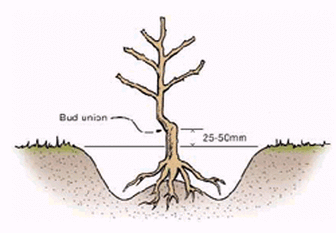 Roses can be just as drought-tolerant as California Natives. After sustaining newly-planted roses through the first year, they can be left to fend well enough by once-a-month deep watering even through the hot summer. I’ve found this out years ago in my Pasadena garden only because I unintentionally neglected my 30 or so rose plants in different areas of my garden while I attended to my vegetables and fruit trees. The roses never seemed to look poorly, even though I watered them only sporadically maybe once a month; however they were well mulched. So I never quite understood why many other gardeners disdained roses for their high maintenance and frequent spraying schedule – since I never did either. Transplanting When transplanting roses, dig the hole a good 6 inches beyond the stretch of the roots so it’ll be easier for them to extend straight out into the native soil. Spread roots as equally around the soil cone as possible, and cut off any broken bits and any that extend further out – you don’t want to have any curling around. Refill the hole with the original soil, adding no compost or other organic matter, and being spare with nitrogen fertilizers, as these hasten new foliage which may be damaged by late frosts and attract aphids. Create a watering berm a good foot away from the stem, and fill it three times to completely saturate the soil in the entire area and settle in the roots. Then add a 2” layer of organic mulch to the top to moderate soil temperature and gradually break down and distribute nutrients. Fertilizing Feed plants with a slow-release organic formulation that’s about equal in N-P-K so plants grow consistently and slowly and have the nutrients to bloom well. Too much nitrogen at the beginning of the season will attract aphids, and at the end of the season will foster greenery that’ll perhaps be damaged by frost and not allow the plant to go dormant. In Southern California, this is especially important since we’ve had so little really cold weather over the last several years. Reducing Potential for Problems Aphids To make roses less attractive to aphids, make a point of NOT feeding with high-nitrogen fertilizer the previous fall and winter. It’s that wonderfully succulent new growth that the aphids are after. When they do appear, put on gloves and smash them – and leave the aphid-mush in place to deter future generations! Powdery Mildew Spray the plants -- especially new growth -- with plain water from a hose with a spray head two or three times a week, making sure to cover leaf undersides. Roses that appear to be resistant to powdery mildew include Double Delight, Honor, Iceberg, and Cary Grant. Enabling Longer-Lasting Blooms In A Vase In a university trial, roses were cut when in bud and put in vases of 72-degree water, making sure no foliage was below the water line. Every two days, the stems were cut back about 1/4 inch, and new water was added. Blooms were judged for color, substance, retention of petals, and overall appearance. While all of the roses lasted at least four days, Olympiad and Touch of Class remained in good condition for a full nine days. Red, pink, and orange roses lasted the longest, as did those having many petals mainly due to their slower opening time. |
Categories |

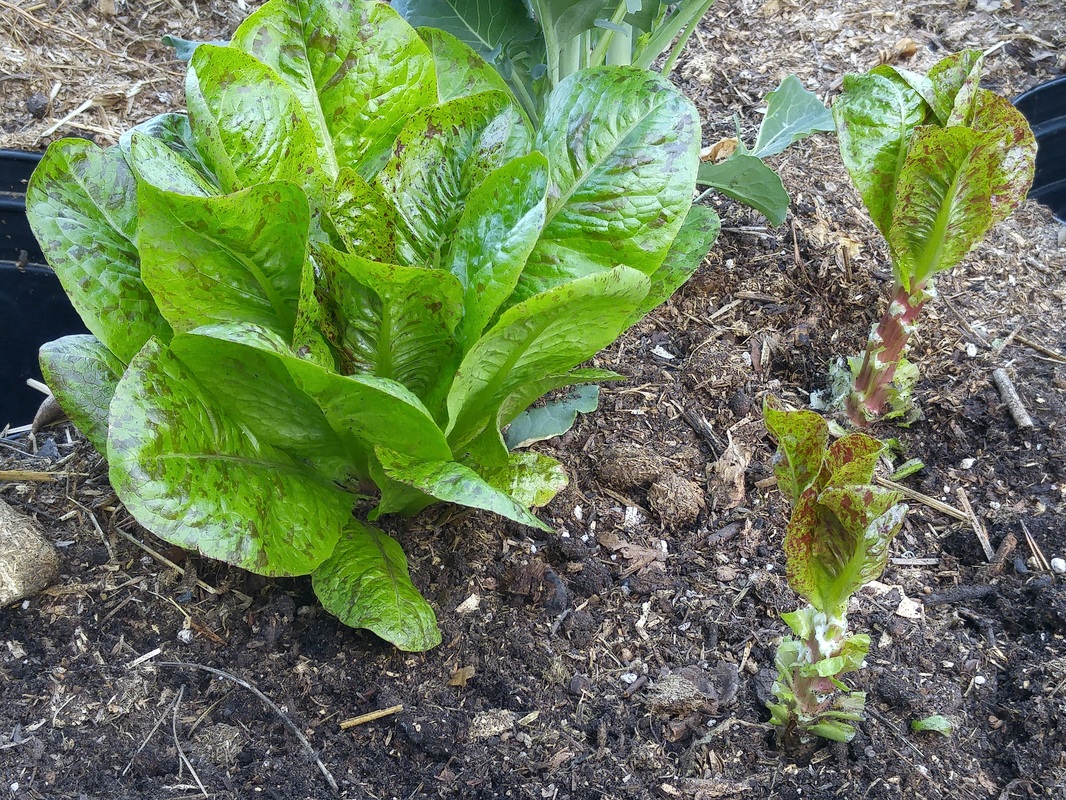
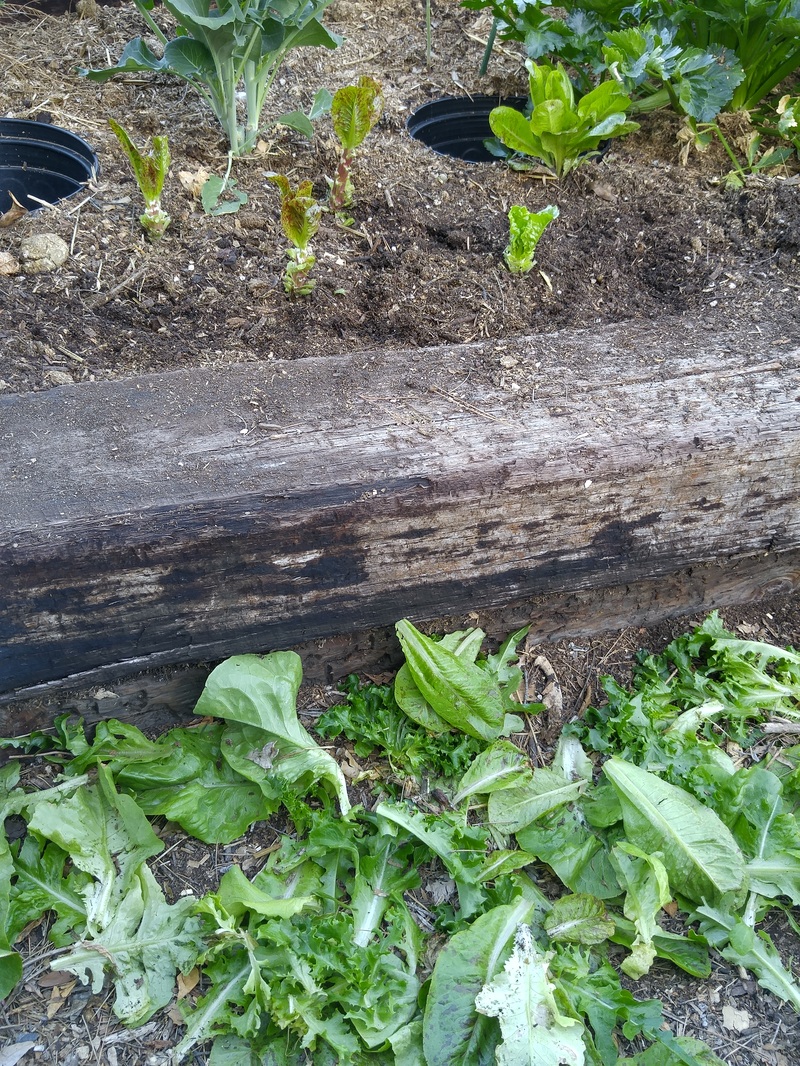
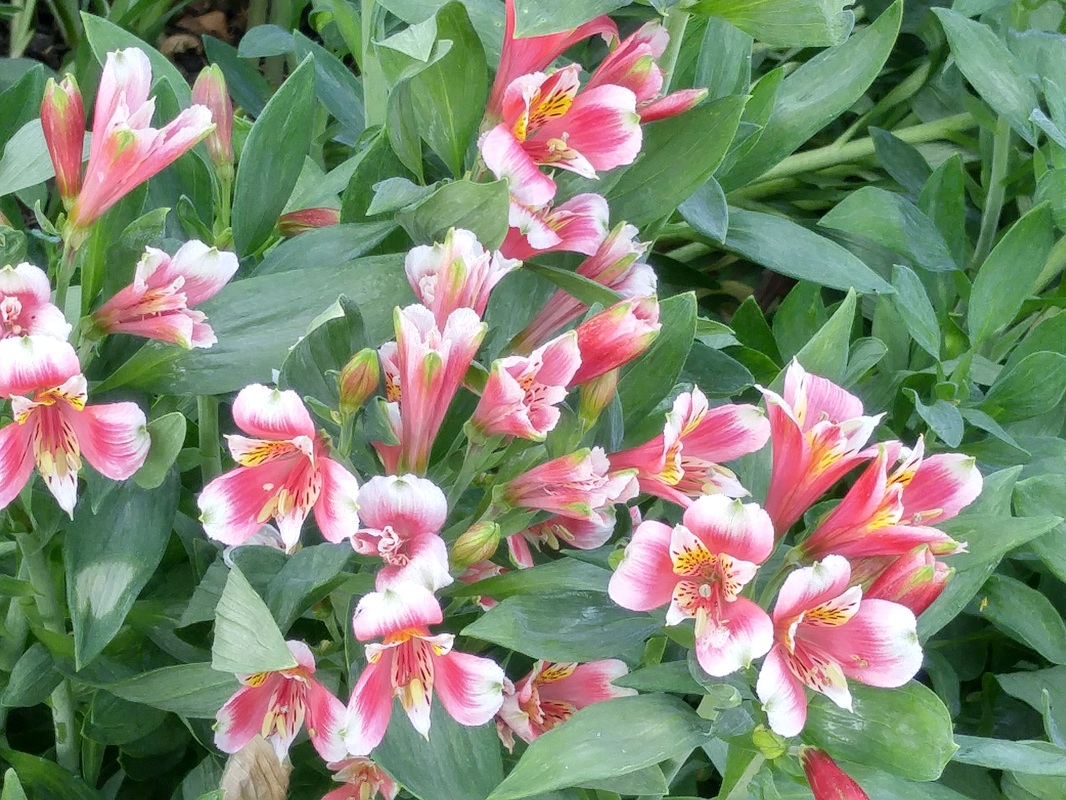
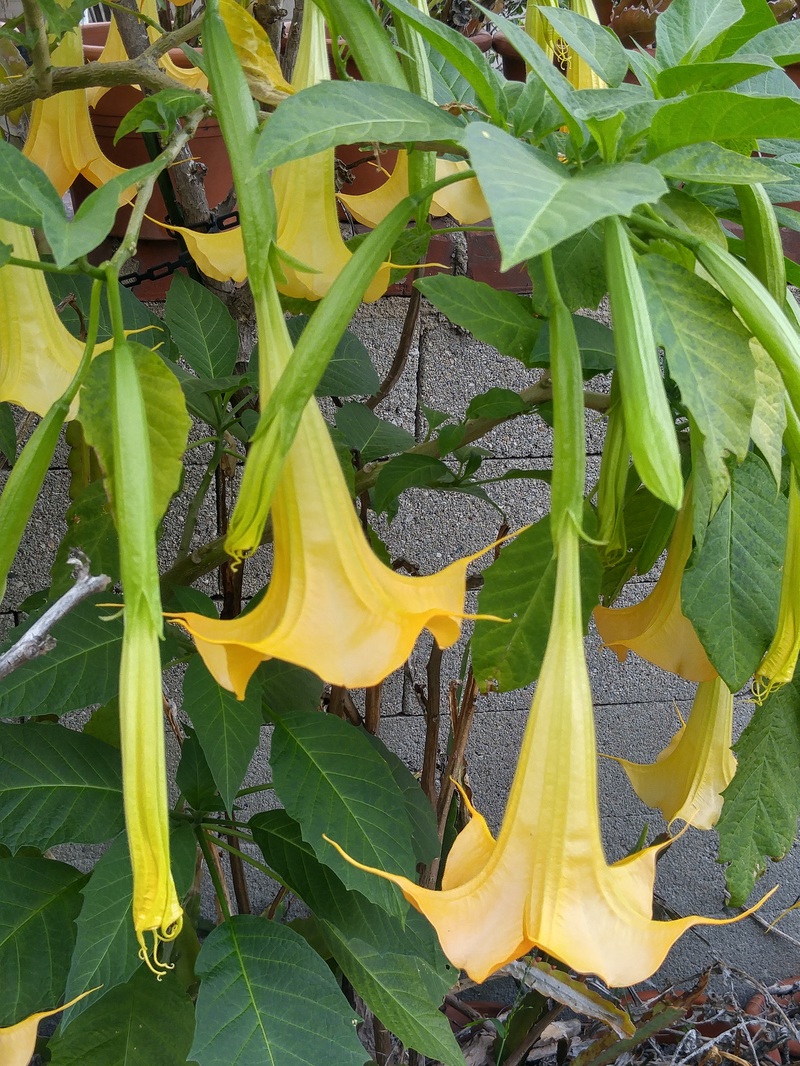
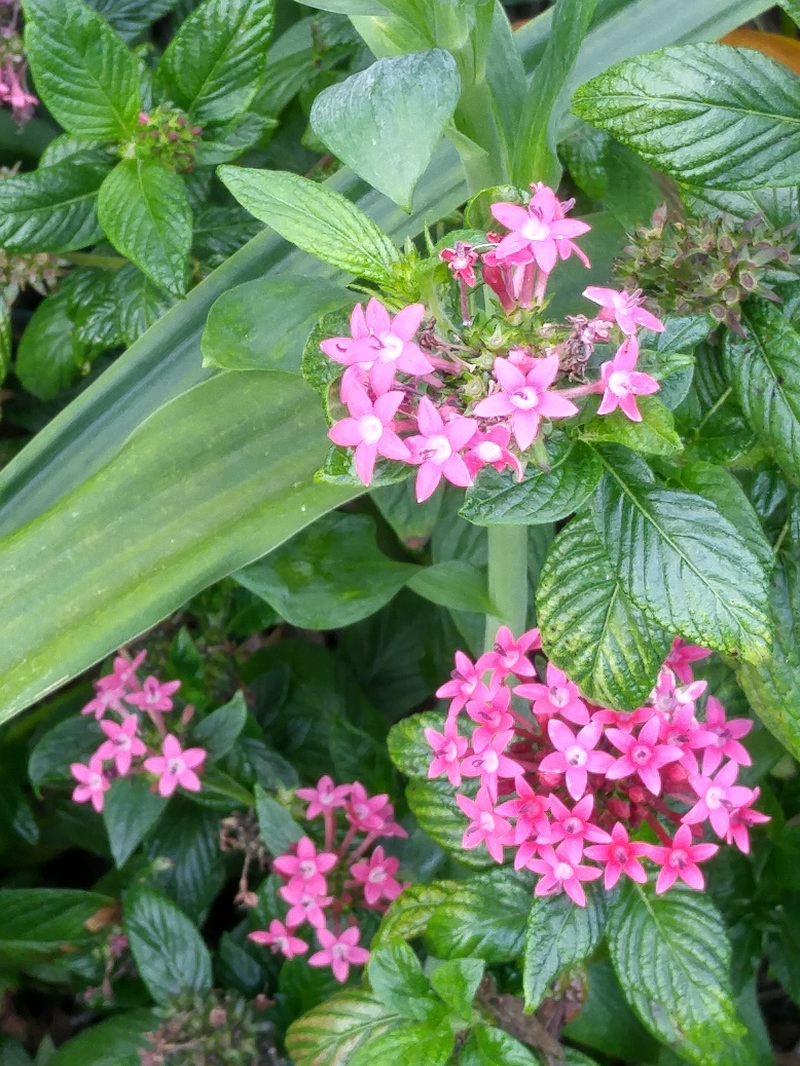
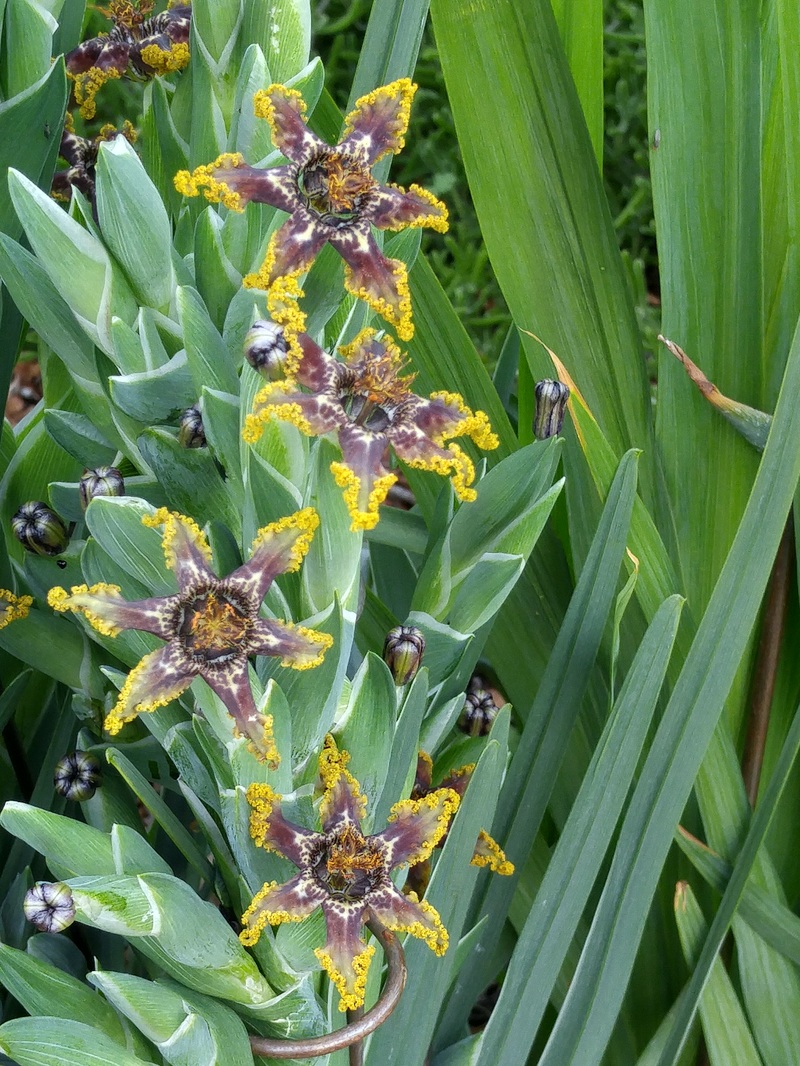
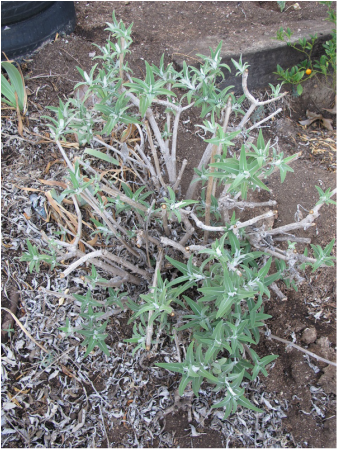
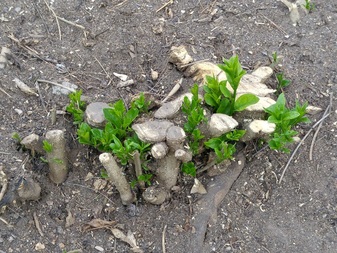
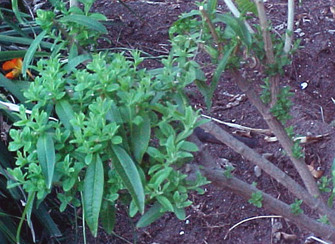
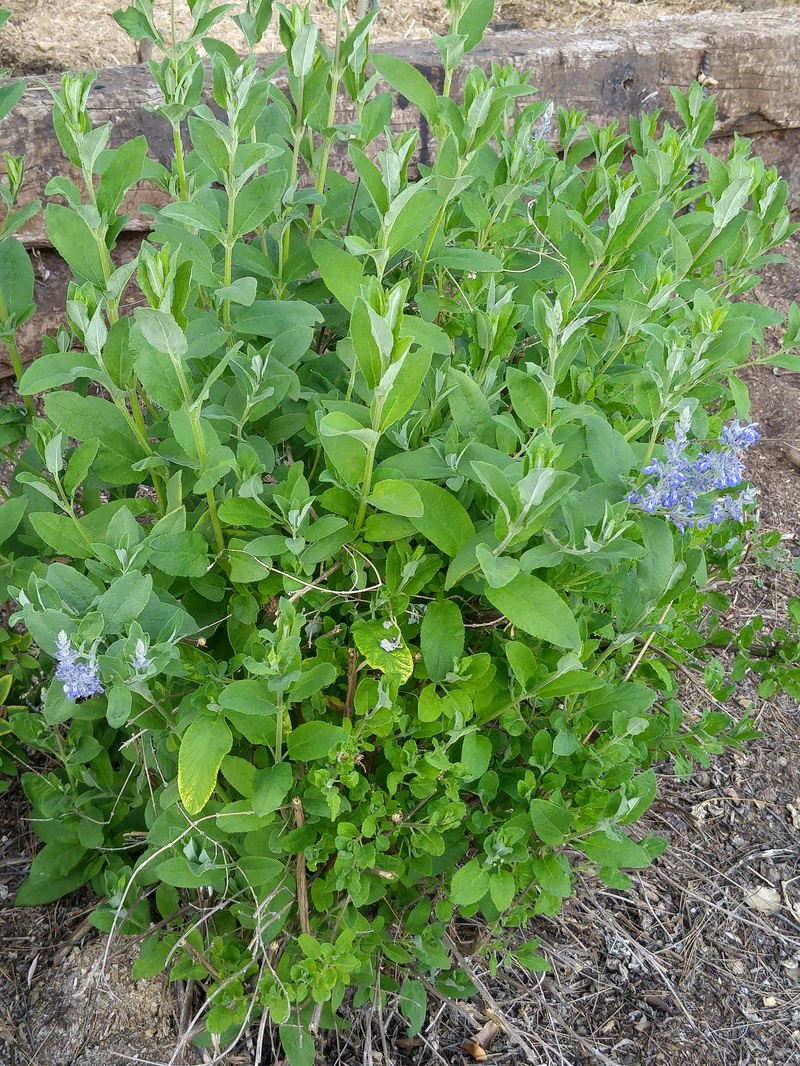
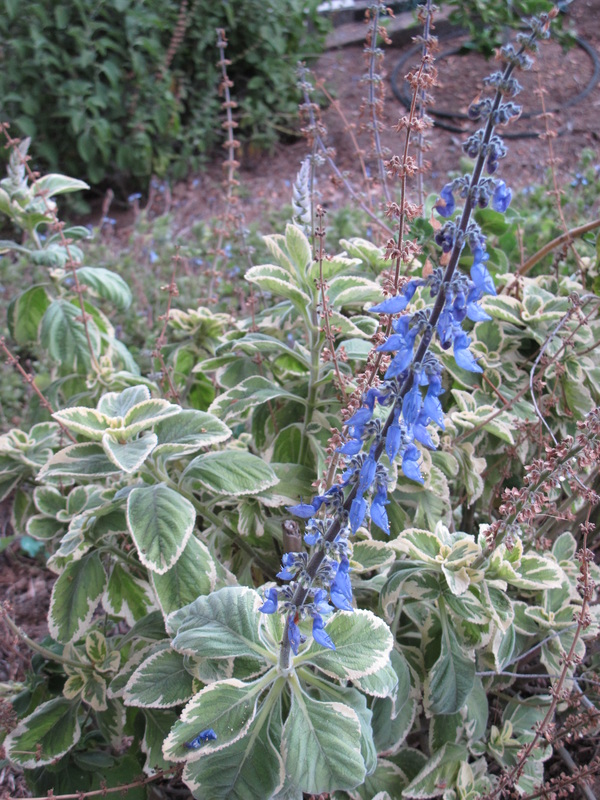
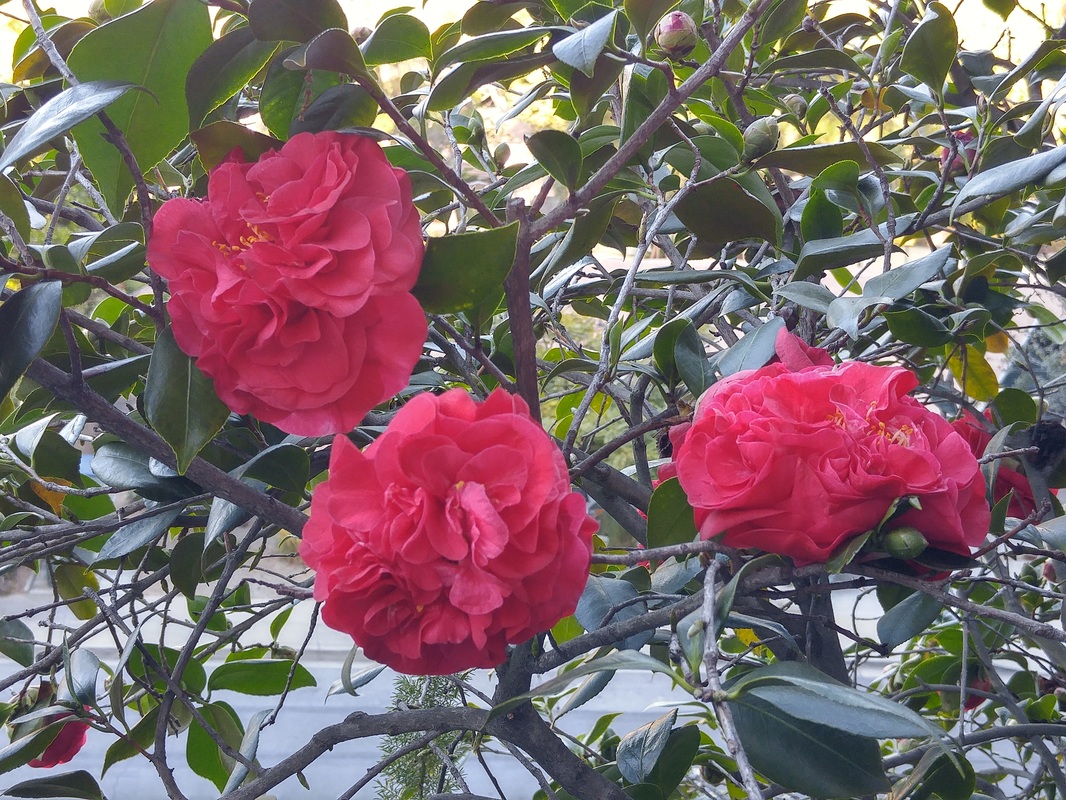
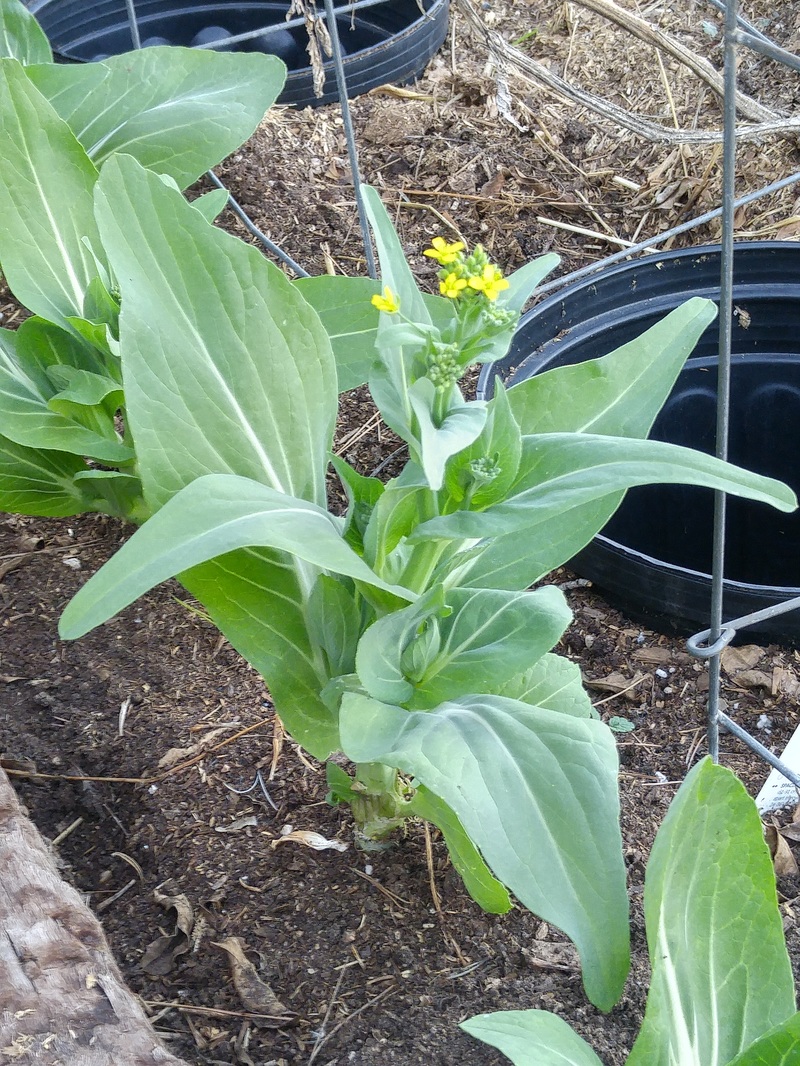

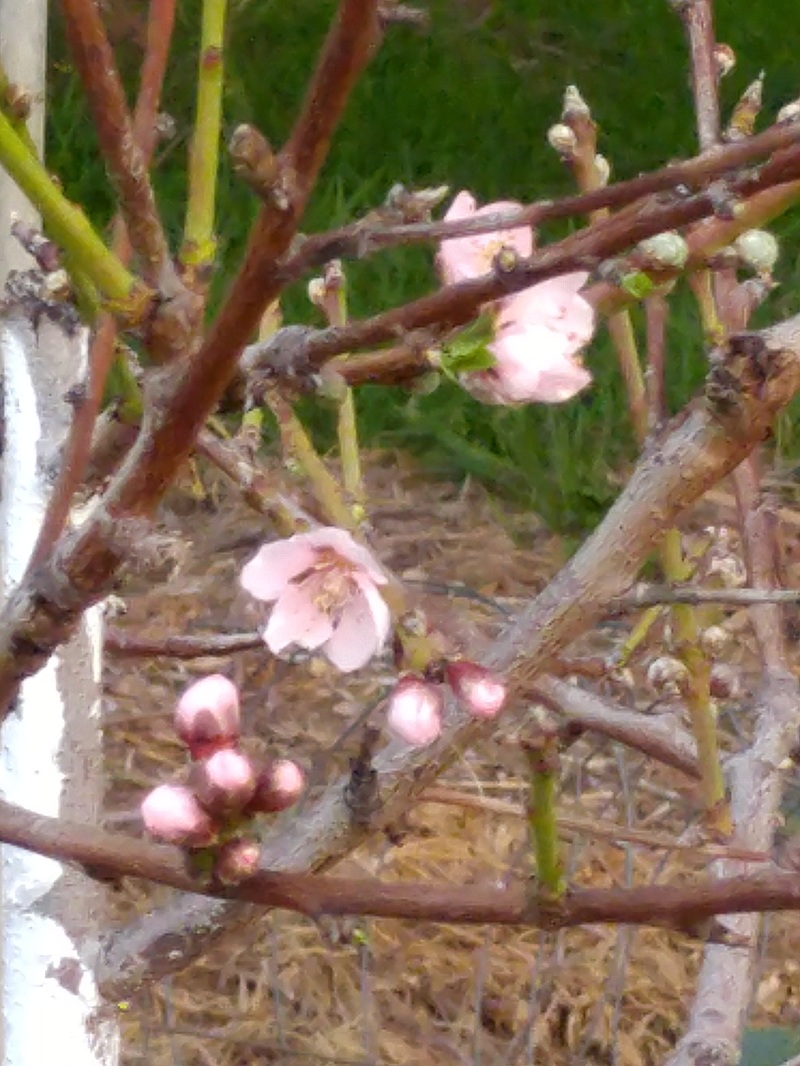
 RSS Feed
RSS Feed